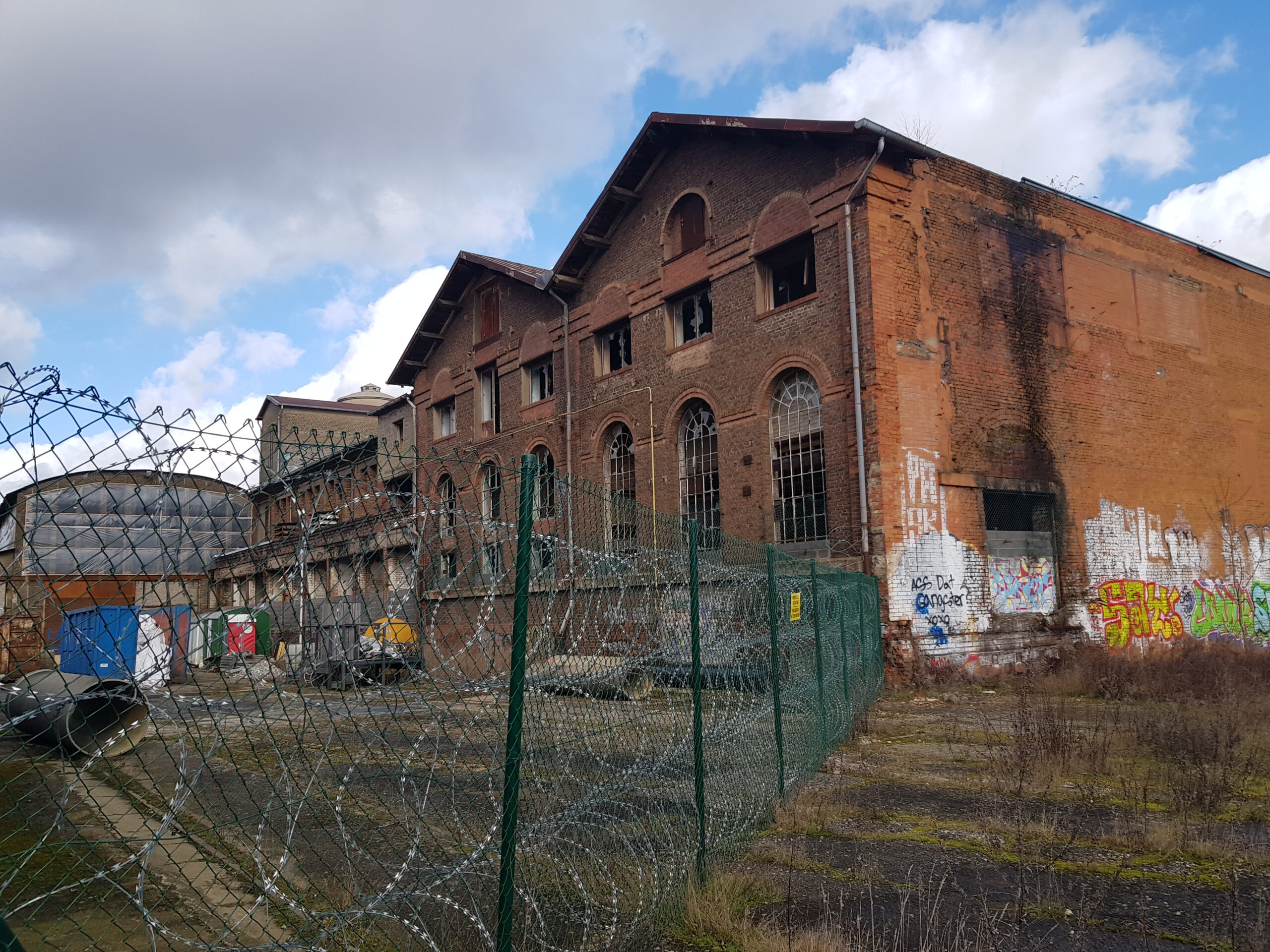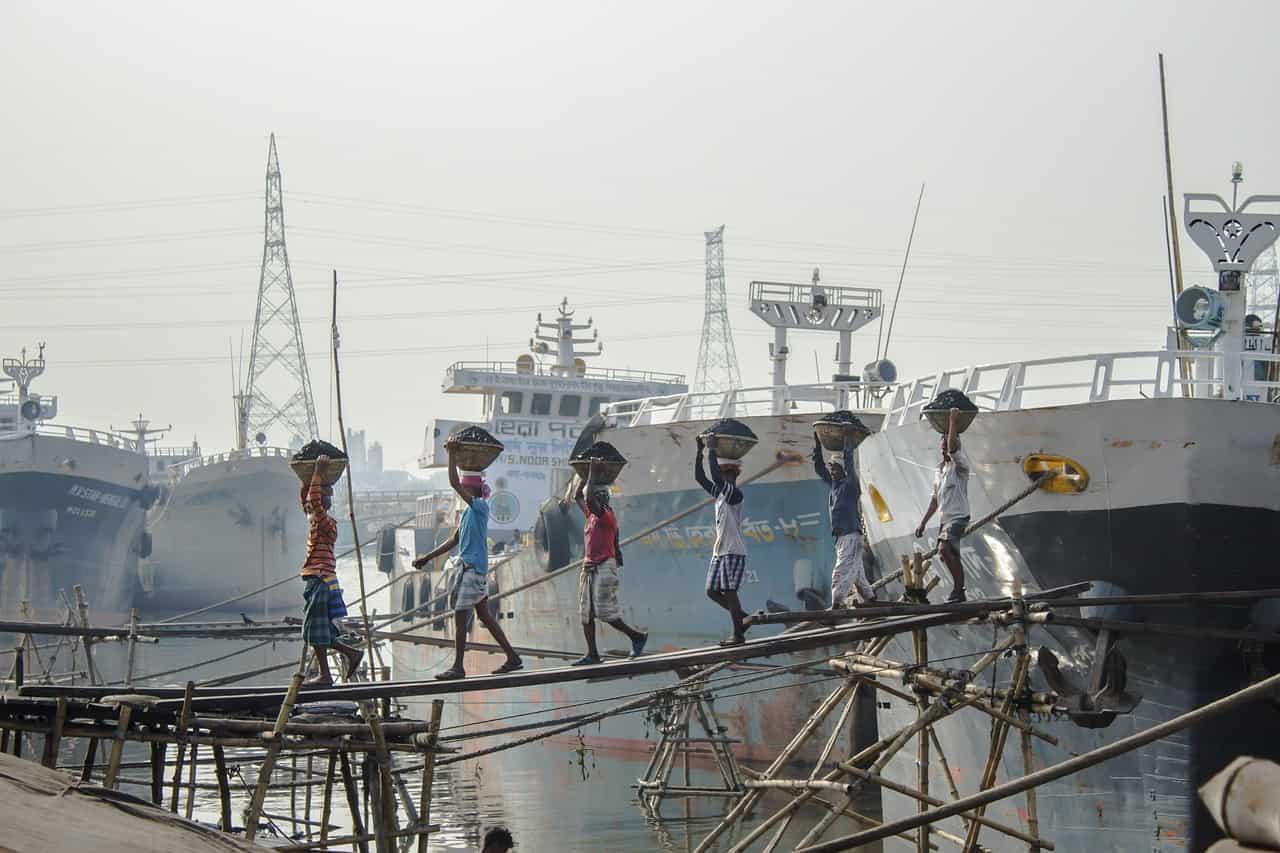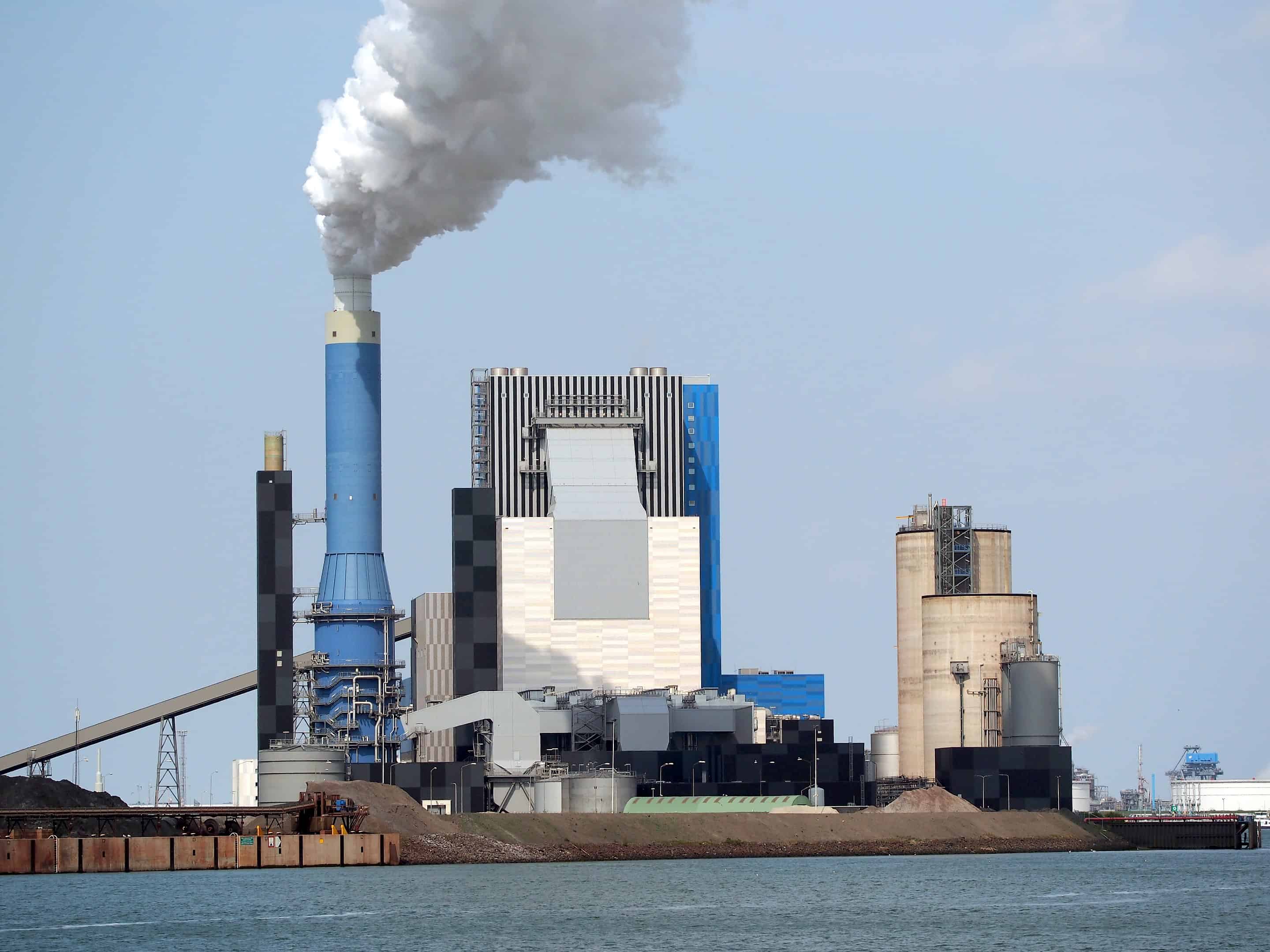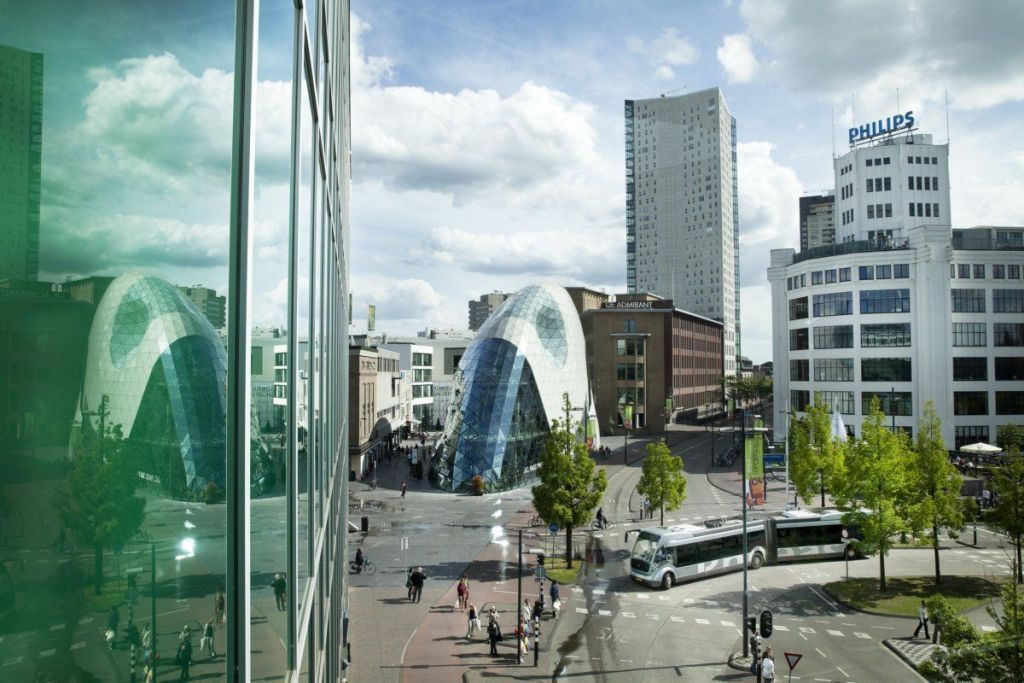
About Decarbonizing Europe
What does the Recovery and Resilience Facility entail?
The European Commission has made available an amount of 723.8 billion euros
to combat the consequences of the corona crisis and make Europe greener, cleaner, and future-proof. All member states have the opportunity to submit plans for disbursement from this Recovery and Resilience Facility.
Who is participating in the Recovery and Resilience Facility?
All the member states of the European Union. All member states? No, The Netherlands has not submitted plans as yet. Although, it became public knowledge at the end of January that hard work is going on behind the scenes in the Netherlands to secure some of those European billions.
What do the member states have to spend the money on?
At least 37 percent of the funding should be used for making their countries more sustainable and 20 percent for digitalization. In addition, there are also other key points:
– Smart, sustainable and inclusive growth
– Social and territorial cohesion
– Public health, economic, social, and institutional resilience
– Policy for future generations
What else is happening?
Apart from that, the EC has identified several so-called flagship areas:
– Power up
– Renovate
– Recharge and Refuel
– Connect
– Modernise
– Scale-up
– Reskill and upskill
What is Innovation Origins planning to do?
Over the next few months, we will be focusing on the implementation of these plans. We will be outlining what each country is doing to reduce CO₂ emissions, and we will be reporting on innovative projects. Infographics will allow you to compare the member states’ efforts with each other.
Along the upper course of river Nitra, in the western part of Slovakia, there are the largest coal reserves in the country. Here – in the Trenčín region – are located three of the main lignite mines that powered the country in the last century, heating approximately 13.000 houses in the region. Extraction activities started to decrease in the 90s. The region differentiated its economy, betting on tourism – the renowned Bojnice castle is just a few kilometers away from the mines – while other industries employ thousands of people in the area. What is the post-coal era going to look like in the Upper Nitra region?
Within its Recovery and Resilience Plan, Slovakia reaffirms that it will stop supporting brown coal combustion at the Novaky power plant – the main of the region – while also restating that the region will undergo a transformation. The plant is expected to be dismissed by 2023, as it won’t receive any subsidy anymore.
However, the changeover started more than five years ago. Back then, local authorities and citizens started asking to think about a future without the coal industry. Upper Nitra lignite mining areas, fuel the nearby power plant producing electricity. All three mining areas are owned by Hornonitrianske bane Prievidza – HBP – a private mining company – while Slovenske elektrárne – an electricity firm- operates them.
“At the beginning, talking about the future of the region was a taboo topic. In 2017 we started thinking about what could be next, but not necessarily about closing the mining sites” told innovation Origins Alojz Vlčko, head of Prievidza mayor’s office.
Bottom-led transition
The city – the administrative capital of the Upper Nitra region – initiated the process in the first place, involving all the stakeholders but the national government, which initially didn’t accept to cooperate. Prievidza started working on its plan in January 2017, while the central government launched its own initiative in February 2018. At that time, two disconnected groups were working separately on two action plans.

Things changed in April 2018, Bratislava acknowledged the local plan as the backbone of the final plan. A few months later – in December – Slovakia announced that it would end state support for coal-based electricity by 2023. In the case of the Upper Nitra, the Novaky power plant receives €115 million from the government every year to stay open.
“From 2017 onwards, the ministry of the economy started reconsidering the so-called general economic interest. At that time, we also discovered that the matter was being investigated by the European Commission too,” Vlčko adds.
With respect to this, in December 2017 the Upper Nitra region was selected by the European Commission as a pilot region for the European Commission’s platform for coal regions. Then, the Commission launched the Just Transition Fund – JTF. Such a tool aims to assist those EU areas facing socio-economical challenges arising from the transition towards climate neutrality. To access the funds, an action plan needed to be outlined to design Upper Nitra’s future.
Just transition
Analyzing the impact resulting from the closing of the mine was one of the first steps in the process. As of 2018, the mining company employed about 4000 people. Therefore, one of the main concerns was how to collocate this labor force.

“Although many people were still employed by the mining company, the economy of the region was quite diversified. Other large employers were there and the unemployment rate was relatively low compared to other regions,” explains Ondrej Seban. He’s a senior manager at PwC, the company hired by the Commission to help local stakeholders outline the action plan.
The action plan defined four pillars to focus on: infrastructure, economy, energy sector, and quality of life and social aspects. In July 2019, it was approved as part of the national coal strategy.
Furthermore, many of the priorities from the action plan were then also included in the Slovak Just Transition Plan. This document defines how Slovakia will use the support from the JTF. As of today, the Just Transition Plan is about to be approved by the European Commission. Then, the Slovak Ministry of Investments will start the calls for projects.
Renewables, batteries, and train carriage repairing

Many ideas plan to shape the region’s future. In spite of their closure, the mining areas will – at least in one of the projects to be pitched – keep being an energy source. “The mine pits are in a section of the mountain range. Rainfall penetrates into the former mining cavities, flowing naturally into the river. We plan to retain this leaking mining water. On average all over the year, it flows at 16°. By the means of heat pumps, biomass, and solar panels, we will increase the temperature so that it is sufficient for heating,” explains Vlčko.
“On the other hand, the site of the power operator plant could be reused for other industries such as the battery one. Its connection to high voltage and gas lines makes it valuable for that kind of technology. These features make it very valuable for different businesses,” Seban adds.
In terms of bringing new jobs to the area, one of the ideas concerns railway carriage reparation and production. Such an investment can utilize the existing railway infrastructure of the mining company. Other ideas – being already carried out – deal with the construction of greenhouses for cultivating tomatoes, and a fish farm. Both of them are part of the diversification being conducted by the mining company.

Start talking about transition
One of the main lessons learned from the Upper Nitra’s case is that citizenship acknowledgment of the transition is crucial to start the process. Seban: “Locals must be willing to endure such a transition, but the government’s support must be there. From my perspective, it was important to have somebody external to bring all the stakeholders together to the same table to discuss the future.”
In terms of what tomorrow is going to look like, the region wants to fight depopulation by attracting highly-skilled talent. “We set up a working group which is identifying ideas and strategies to attract young people to live here. Brose opened a new facility here in Prievidza in 2015. They have over a thousand employees already and they plan to further expand. They are hiring engineers from other cities in the country, so to attract new people here,” says Vlčko.
More sustainable industry, tourism, and possibly innovation. The path for a decarbonized future is there, and the projects that will soon be selected will tell what the Upper Nitra’s tomorrow is going to look like.






